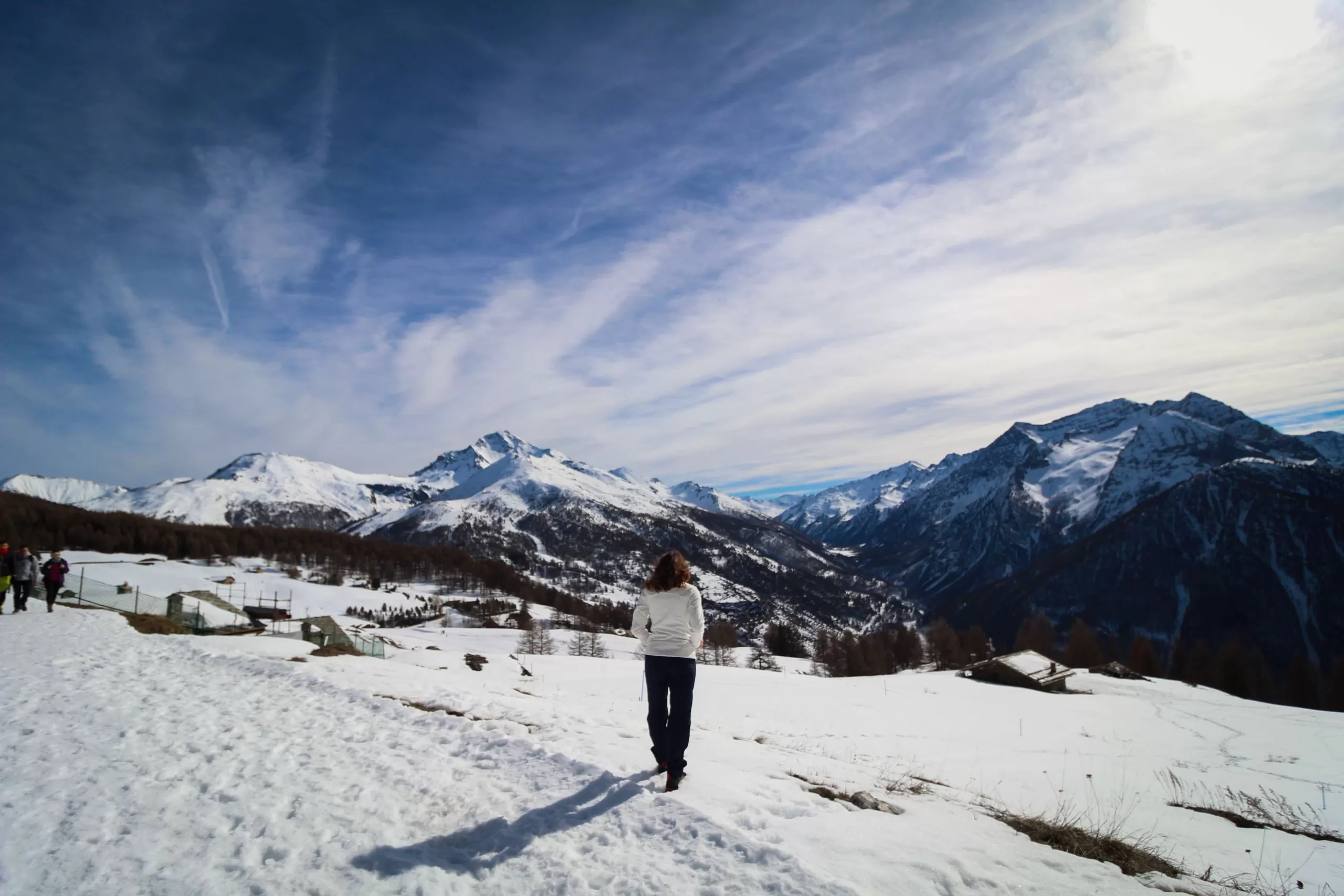We have all experienced that awkward photo where we are cut out of the picture because we stood at the edge of the group. The average focal length for wide-angle photography ranges from 28-35mm. Most of us have even been that photographer who keeps backing up to fit everyone in the frame, only to compromise on the details of the picture. Most of us struggle to capture a beautiful horizon or huge famous landmarks. Most pictures fail to convey the sheer space a vast open horizon impresses upon us. It is at these moments that a trusty wide-angle lens can be a God-send. However, to enjoy the full potential of a wide-angle lens, it’s best to keep in mind these handy tips. Keep reading and take your photography to the next level.
1. Choose the right lens
Carefully consider the type of photography you usually do and the corresponding focal length display of the lens you buy. The lower the length, the wider the display in your photographs. The maximum focal length is mentioned on the camera lens itself or the manual which comes with it. However, added conversion lenses now allow photographers to go as low as 19mm. So, if you often take photographs of a large group or capture expansive views, it might be time to invest in another lens.
2. Stand in line with the focus of your photo
Wide Angle photos enlarge objects close by and shrink the objects in the distance. This means that a step backward or to the side can change the focus of your photograph. While this would not affect the backdrop, it would change the focus as the object or person dead center would always appear the largest. This is especially important when taking photos of groups of people and is part of the reason why the most important people are placed in the center of the group. This also means that a photographer capturing a building or view needs to ensure that the object of focus is dead center in the frame, as that’s the spot that will appear largest. This is called an exaggerated perspective.
3. Don’t use a wide-angle lens to capture a distant object
Wide Angle cameras are not ideal for every photo. Majestic mountains behind vast plains would lose their majesty with a wide-angle shot. Instead, they would look like small hillocks as the camera would exaggerate the plains which are in front. You have to remember that a wide-angle frame is wider than what the human eye can perceive at any given moment. We rotate our bodies and necks to capture a vast horizon. Our eyes can’t see it in a single snapshot. Therefore the camera has to shrink the objects in the distance to help them fit into the frame. There comes the point when the frame is so wide that there is no focal point. That’s something the photographer wants to avoid at all costs. The layman appreciates a wide-angle frame over all others. The expert photographer uses it sparingly as the beauty and art of a shot could easily be lost in a crowded frame.
4. Wide-angle Photography lenses are great for advertising
Wide-angle shots are commonly used for advertising as they exaggerate a single object over others. Don’t get me wrong; they don’t replace zoomed-in shots. Instead, where the background needs to be included, but importance needs to be placed on the object up close- the wide-angle frame is ideal. For example, shoe adverts show tiny runners in the background with a huge enlarged shoe up close. We all know the runner is much larger than the shoe. But the frame easily succeeds in portraying importance. The same is true of food photography. A wide-angle shot enlarges the food while reducing the size of the people eating it in the background.
5. Focus on a close-by object in the landscape to create drama
Wide-angle shots can be great for landscapes too. However, it is tricky to get it perfect and you must keep the following considerations in mind. A wide-angle lens cannot capture a subject in the distance. So, if you want to capture a distant camel in the desert or take a wide-view photograph from the top of a hill, the wide-angle camera is a failure. In this instance, a telephoto lens would serve well as it enlarges the background over the foreground. However, if you are standing with the camel with the desert in the background, a wide-angle frame will work perfectly.
6. Avoid distortion by using tripods and panoramas
A wide-angle frame always gives some distortion towards the edges of the frame. It’s designed that way. Some people deliberately incorporate that into their photographs to get creative results. Others use tripods and panoramas. Panoramas are the best-caught wide-frame pictures with the least distortion. This is because they consist of more than one picture, each transitioning seamlessly into the next. Done on a tripod, they could be stable enough to seem flawless. This especially applies to landscapes. Panoramas allow for the wonder and grandeur we feel as we turn our necks to take the whole view in. So, whenever there is time and opportunity, carry that trusty tripod along to get the best shots.
Final Verdict
Hopefully, with this guide, you will be all set to experiment with your wide-angle frame to get the maximum out of it. So, take those close-ups and incorporate that background. Perhaps add a telephoto frame to your repertoire as well as it is the exact opposite of a wide-angle frame. And have fun shooting!

